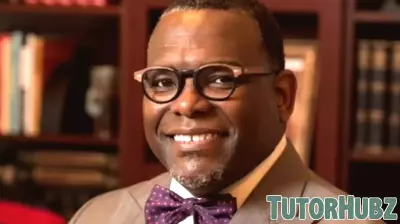December 11, 2024 - 16:28

Tears well up in Cassandra Nichols’ eyes as she recalls a student in her special education class at Indiana Gateway Digital Academy. “He was being physically bullied at his previous school, and the virtual environment provided him a safe space to learn,” she reflects. For many students with special needs, traditional classroom settings can be overwhelming and challenging. Virtual learning has emerged as a transformative solution, offering flexibility and a personalized approach to education.
Nichols notes that the online platform allows her to tailor lessons to meet individual needs, fostering a sense of security and engagement for her students. The ability to control their learning environment has proven beneficial, minimizing distractions and enabling students to progress at their own pace.
However, the transition to virtual learning is not without its challenges. Some students struggle with technology, and the lack of in-person interaction can hinder social development. As educators navigate these complexities, it becomes crucial to find the right balance between virtual and traditional methods to ensure all students receive the support they need.



